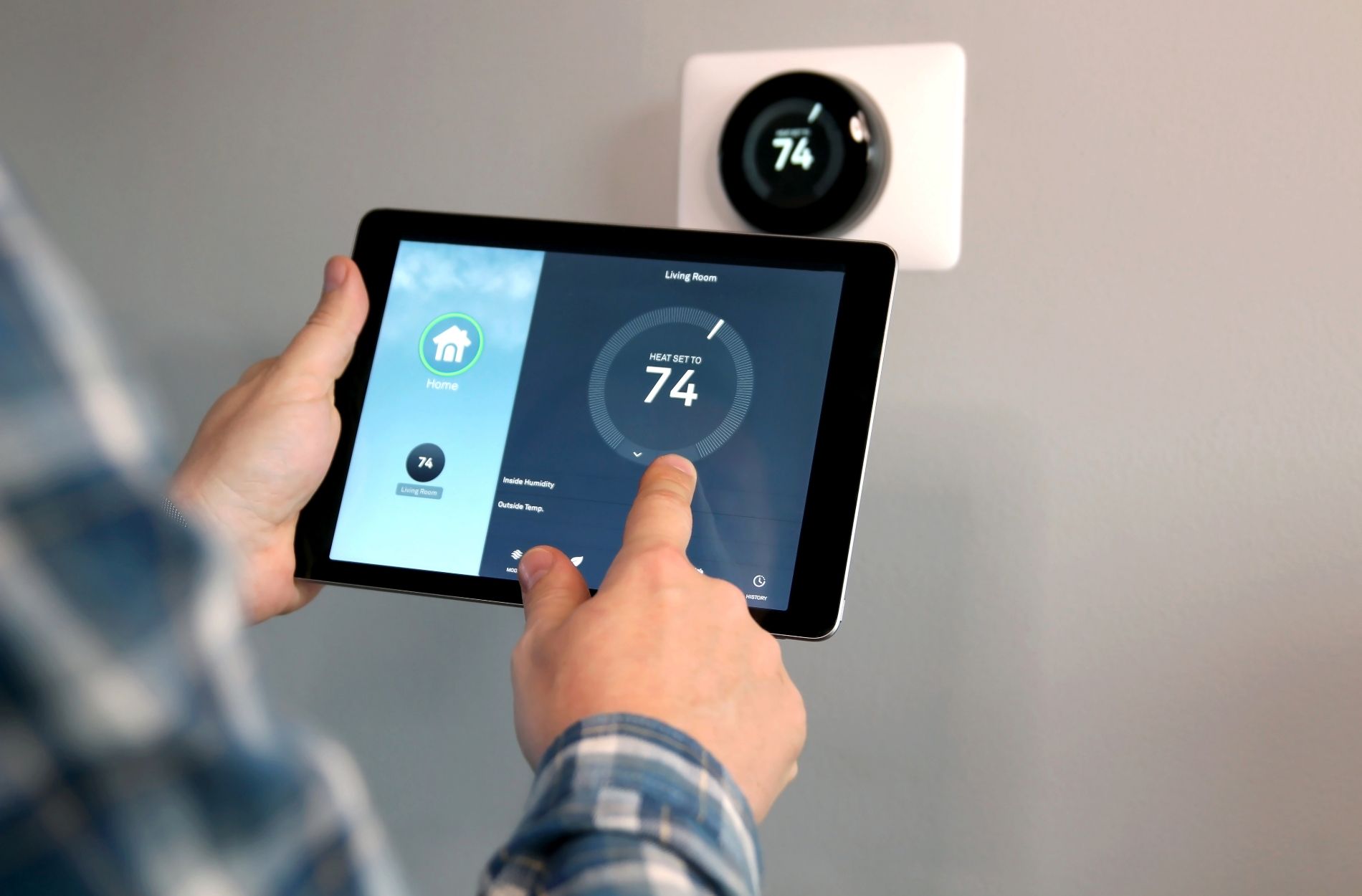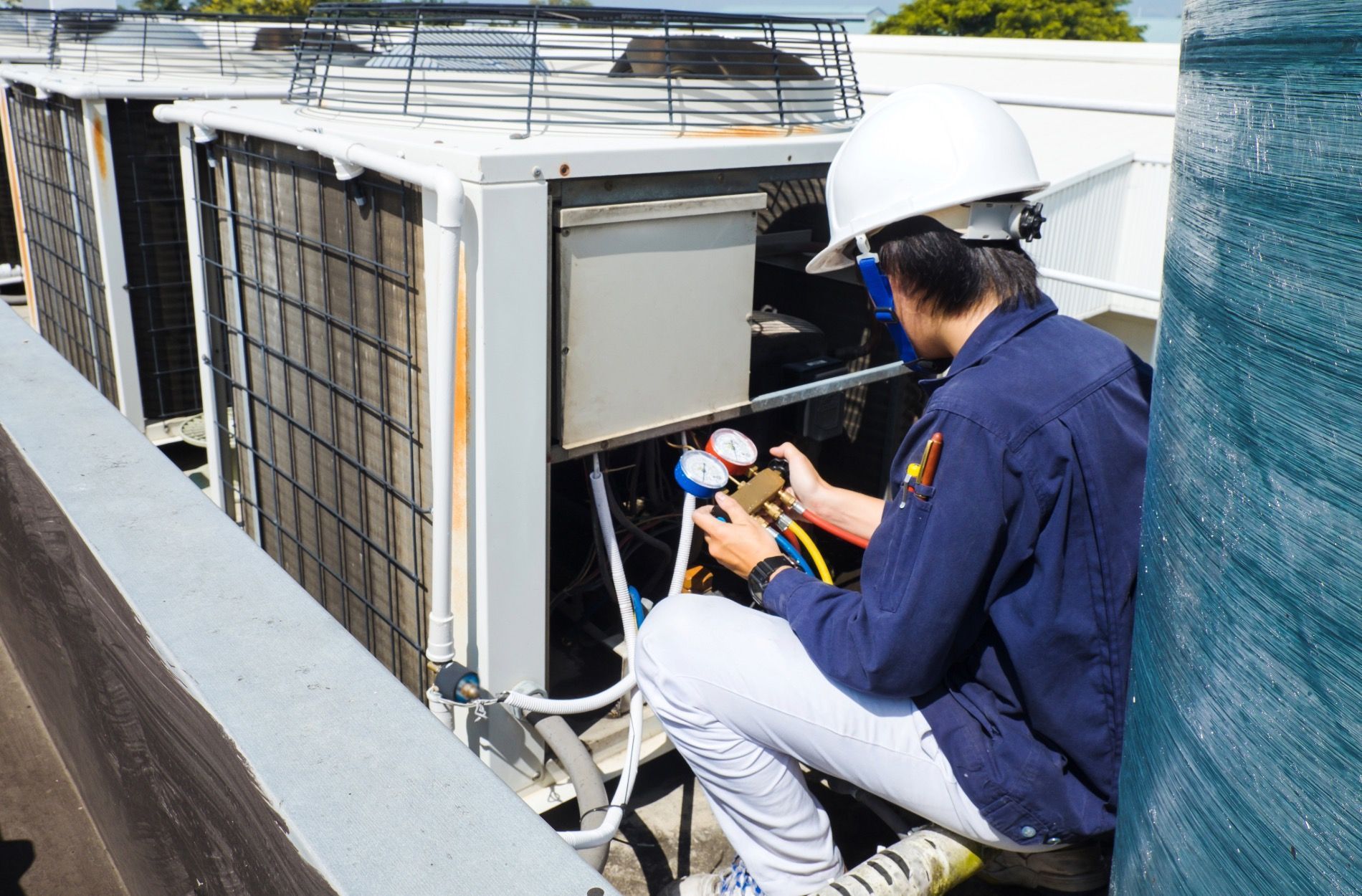The Benefits of HVAC System Zoning for Comfort, Efficiency, and Savings
Heating, ventilation, and air conditioning (HVAC) systems are designed to provide a comfortable and energy-efficient living environment, but achieving consistent temperature control throughout your entire home can sometimes be a challenge. Varying factors, such as room size, sun exposure, and insulation, can cause temperature imbalances, making certain areas of your home too hot or too cold. HVAC zoning offers an innovative solution to address this common issue in residential spaces. By dividing your home into separate, customizable zones with independent temperature control, HVAC zoning systems allow you to achieve greater comfort, optimized energy efficiency, and potential cost savings.
In this informative blog post, we will discuss the key benefits of implementing an HVAC zoning system in your home and how a properly designed and installed zoning system can enhance your living experience. We will explore zoning system types, such as ducted and ductless systems, and how each can be tailored to suit your specific needs. Additionally, we will guide on determining if HVAC zoning is the right choice for your home and share some expert advice on getting started.
At Anytime Heating & Air, we are committed to helping our community achieve the most comfortable and energy-efficient living spaces possible. Allow our team of experienced technicians to guide you through understanding, selecting, and installing the ideal HVAC zoning system for your unique home situation.
Different Types of HVAC Zoning Systems
Before diving into the advantages of HVAC zoning, let's discuss the various types of zoning systems available on the market:
1. Ducted Zoning Systems: These systems work with your existing ducted HVAC setup, utilizing dampers within the ductwork to control the airflow to different zones. The dampers are controlled by a central control panel connecting to multiple thermostats throughout your home, allowing you to adjust individual zone temperatures.
2. Ductless Mini-Split Systems: Ductless zoning systems utilize individual air handlers installed in each room or area to provide heating and cooling. These units are connected to an outdoor compressor unit. Ductless systems are an excellent option for homes without existing ductwork or looking to add comfort and efficiency in specific areas of the house.
Now that we understand the different types of zoning systems, let's discuss the key benefits of implementing HVAC zoning in your home.
Enhanced Comfort Through Customized Temperature Control
One of the main benefits of HVAC zoning is improved comfort for you and your family. By dividing your home into independently controlled comfort zones, you can tailor the temperature settings in each area to suit the specific needs and preferences of the occupants. This is especially helpful in larger or multi-story homes, where temperature imbalances are more common due to sunlight exposure, room orientation, and unique architectural features.
Energy Efficiency and Cost Savings
Zoning systems enable better energy efficiency by regulating each zone's heating and cooling needs rather than maintaining a constant temperature throughout the entire home. This allows your HVAC system to generate only the necessary amount of conditioned air to meet demand, conserving energy and reducing energy bills. Moreover, zoning allows you to minimize energy use in seldom-used areas of your home by setting a lower desired temperature in those zones. All these factors contribute to reduced energy consumption, lower utility bills, and a more sustainable living environment.
Extended HVAC System Lifespan
Effective zoning not only improves comfort and efficiency in your home but can also help extend the lifespan of your HVAC system. With a zoning system in place, your HVAC unit often works less by managing separate zones and only conditioning specific areas as needed. This reduced workload can lead to less wear and tear on your system, extending its operating life and reducing the likelihood of costly repairs or early replacement.
Integration with Smart Thermostats for Enhanced Control and Convenience
HVAC zoning systems can be integrated with smart thermostats for even greater control, comfort, and energy efficiency. With a smart thermostat in each zone, you can remotely manage the temperature settings, create custom schedules, and adjust settings based on occupancy and time of day. This enables you to optimize climate control across your home, maximizing both comfort and energy savings. Plus, the added convenience of controlling your zones from your smartphone or other compatible devices is an undeniable perk.
Is HVAC Zoning Right for Your Home?
Determining whether an HVAC zoning system is the best choice for your home will depend on your specific needs, preferences, and existing HVAC setup. Zoning may be an ideal solution if your home experiences significant temperature imbalances has specific temperature preferences for different rooms, or wants to enjoy the energy-saving benefits of a more efficient system.
It's essential to consult with a reputable and experienced HVAC professional who can assess your home's floor plan, HVAC system, and unique requirements to recommend the best zoning solution tailored to your specific needs.
Conclusion
Implementing an HVAC zoning system in your home can offer numerous benefits, including enhanced comfort, improved energy efficiency, cost savings, and extended system lifespan. By considering your unique living situation and consulting with a professional HVAC technician, you can determine if a zoning system is the right choice for you.
Trust our team of expert technicians at Anytime Heating & Air to guide you through understanding, selecting, and installing the ideal HVAC zoning system for your home. Contact us today for a consultation or to schedule an appointment for personalized
HVAC services tailored to your unique needs and preferences.


